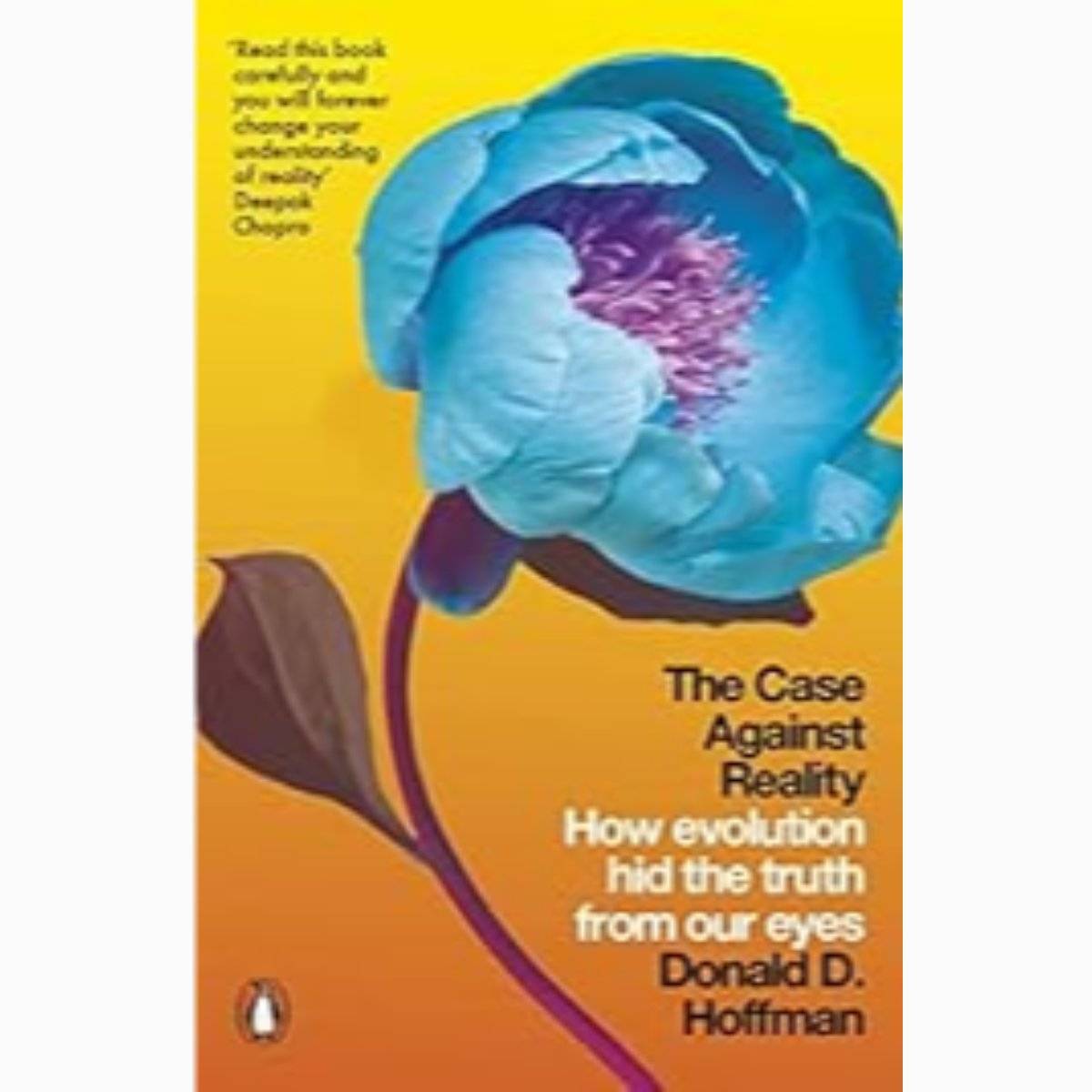
Honorable mention to "When the Saints Go Marching In" by Anthony Bidulka

Honorable mention to "When the Saints Go Marching In" by Anthony Bidulka

Arguments from evolutionary biology and quantum physics that we do not perceive reality anything like as it is.
I managed to keep my head above water till we got to the use of game theory and statistics to show that evolution drives us towards useful perceptions rather than accurate ones and in fact eliminates accurate perception. At that point, I just had to take the author's word for it. ⬇

In February of 1962, Joseph Bogen and Philip Vogel sliced in half the brain of Bill Jenkins—intentionally, methodically, and with careful premeditation.
@ShyBookOwl
#FirstLineFridays
Great read. Simple and thought provoking. Very rarely do you come across such ideas.

The second book I finished just before Christmas, this one presents an interesting take on how our senses have evolved to see what we need to see, not reality as it is. It starts off well enough and gives plenty of thought provoking ideas. The final chapter is almost completely speculative and may be nothing more than that as it doesn't seem fully testable.
#science